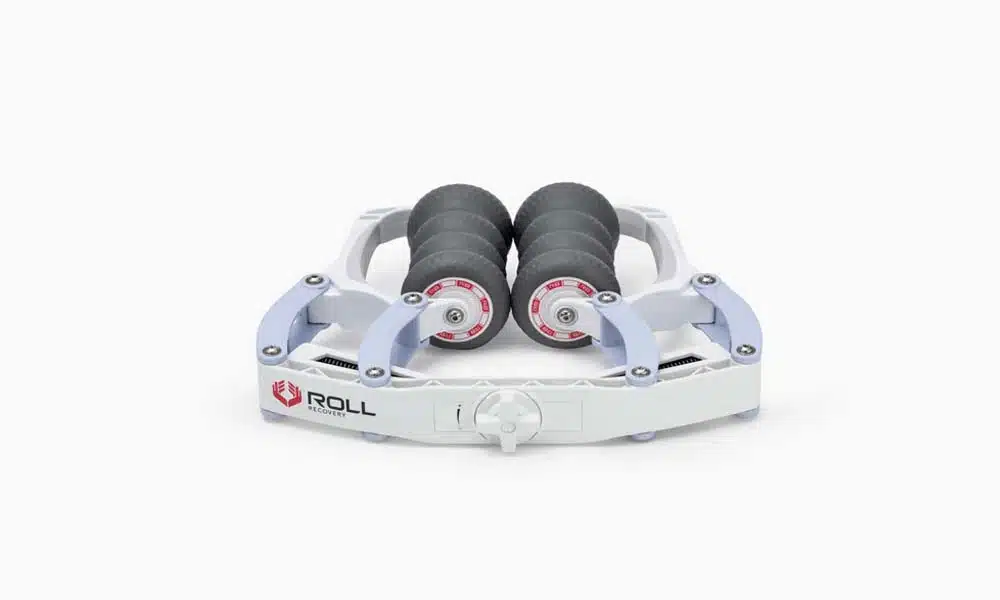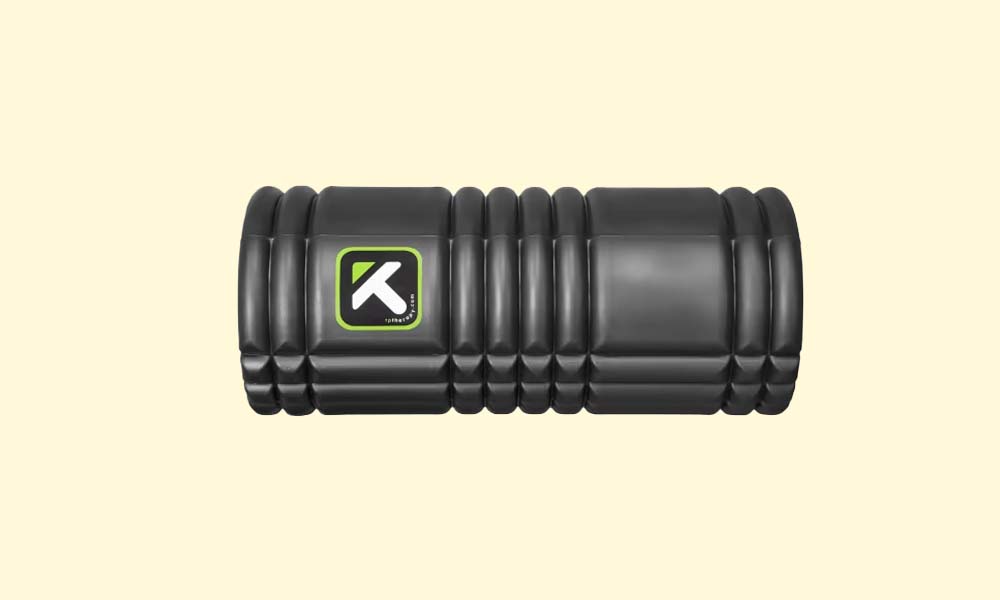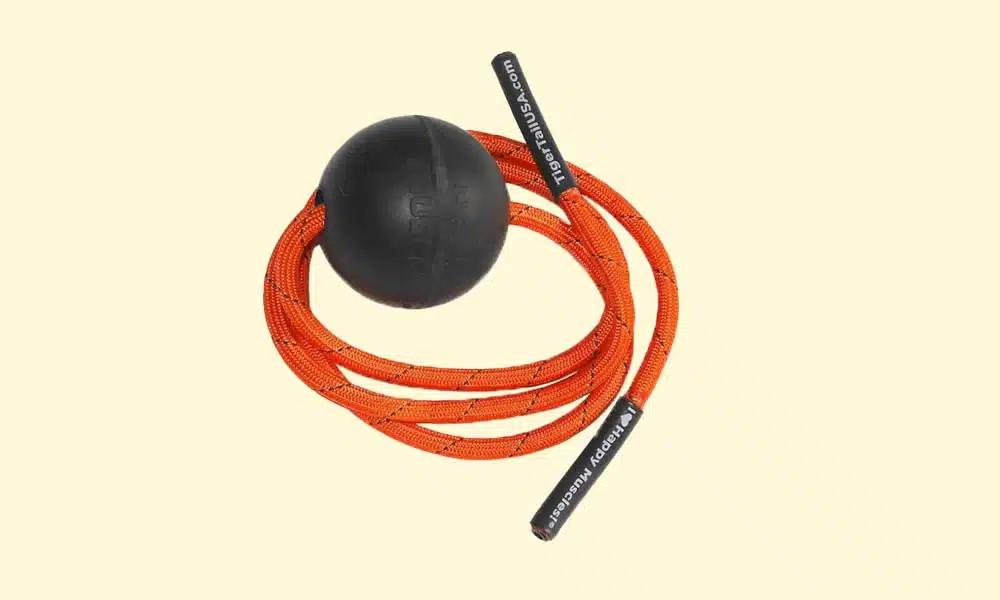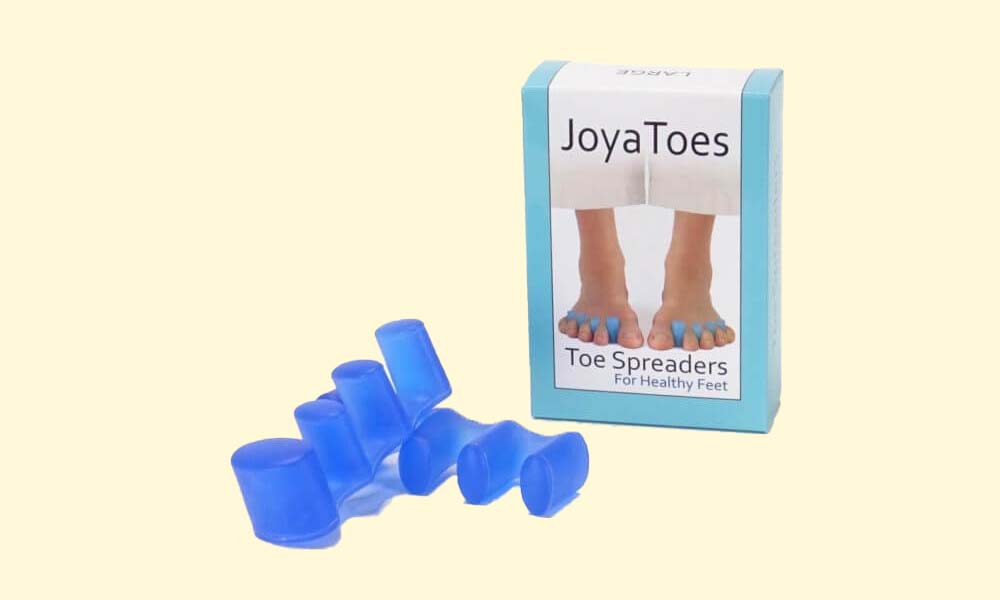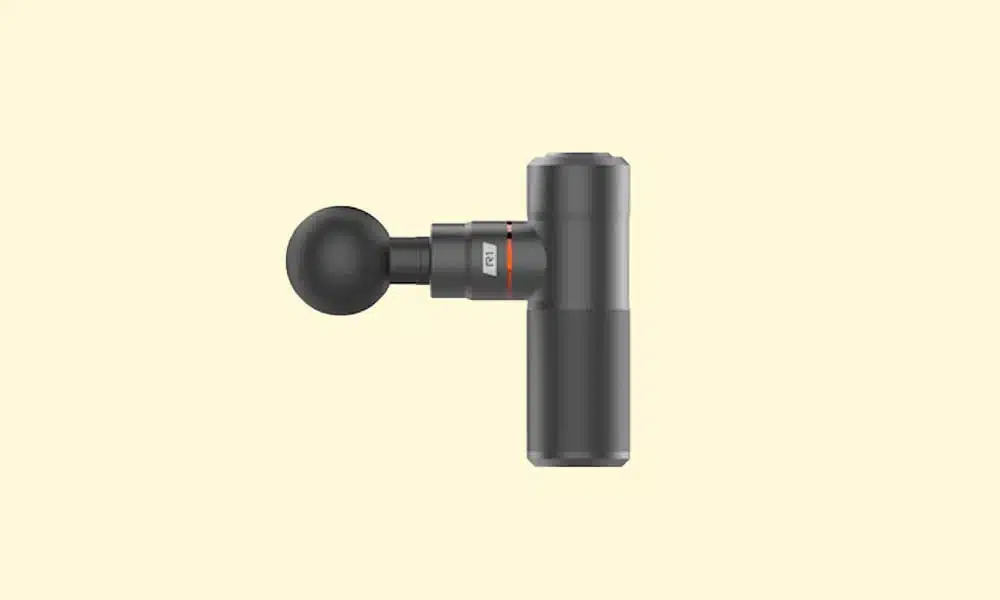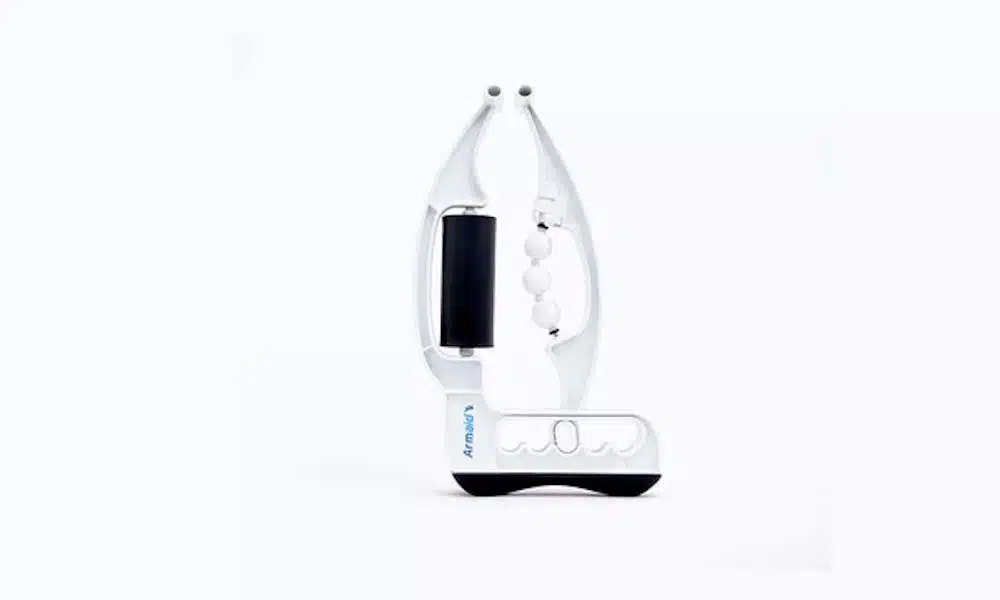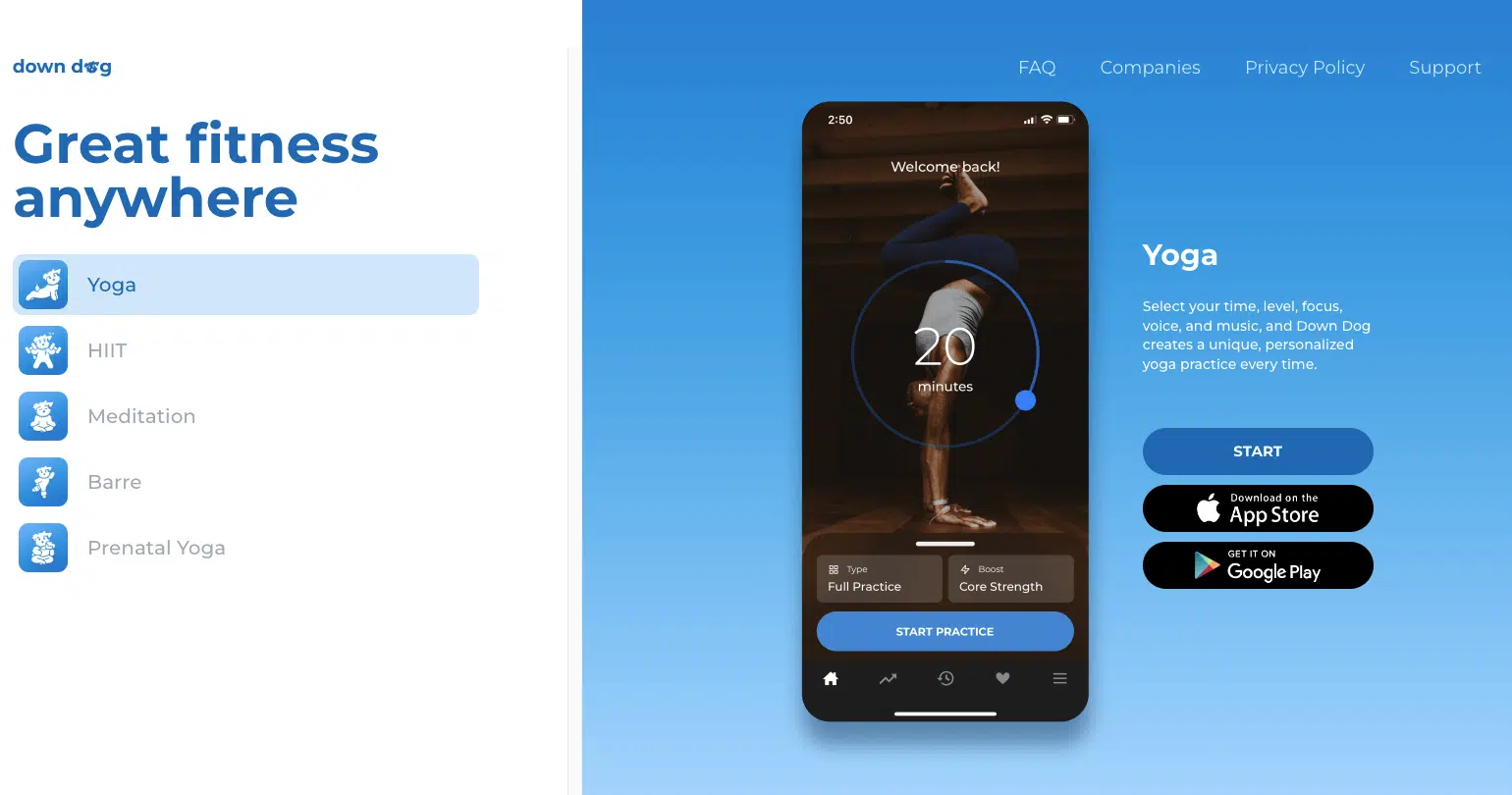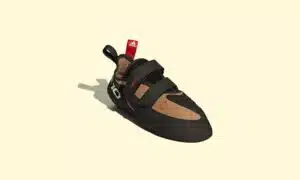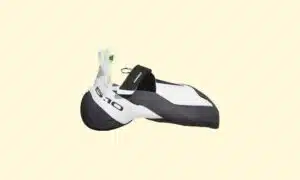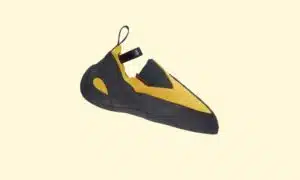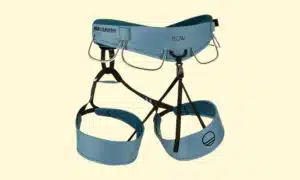Climbing is fun. Climbing recovery… not so much, particularly if you injure yourself.
If you’ve been on the rock or plastic for long enough, chances are you’ve been sidelined by one injury or another, whether we’re talking minor (flappers) or major (my college girlfriend falling from the top of a boulder wall and snapping her elbow backward like a toothpick).
Many climbers ignore muscle soreness and keep pushing through the pain, but if you aren’t careful, this sort of bravado is a fast track to serious injury. Any veteran climber will tell you progression as a climber means taking proper rest days and prioritizing recovery sessions. This is just as crucial as strenuous exercise and hard burns.
No one enjoys resting and rehabbing stiff, sore muscles, tendons, and ligaments, but it doesn’t have to be a chore. There are tools that make rest periods and the recovery process simpler, more effective, and even more enjoyable.
In this article, I’ll run through seven tools for climbing muscle soreness and recovery, ranging from expensive, high-performance devices down to cheap, multi-purpose tools like the humble lacrosse ball.
1. R8+ Massage Roller
One of the most intuitive and easy-to-use examples of muscle performance and recovery tools, the R8+ from ROLL RECOVERY is one of my longstanding favorites, particularly as a runner. This thing is essentially a giant clamp with a massage roller on each side. Dual springs put tension on the clamp, pinching it together around your muscle. You can then use handles on either side to apply pressure and roll it up and down over the target area.
An upgrade on the standard R8 roller, the R8+ features a twist knob to adjust the tension, allowing you to make the pressure 50% less intense and 15% more intense than the standard R8, fine-tuning it as you see fit. Once you find the right level of pressure, you’ll roll this sucker up and down your body to soothe sore muscle groups and work out kinks.
You can use the R8+ to easily hit just about anywhere in your lower body (IT bands, quads, hamstrings, calves, shins, glutes), and this is where it performs the best. It’s designed for runners, cyclists, and other leg pumpers.
That said, it’s also viable to work on the arms if you’re willing to apply a bit of pressure yourself in addition to the natural tension the clamp provides. Climbers with thinner arms, particularly in the forearm, may find it hard to get a high level of pressure out of the R8+, but I’ve used it on my biceps and forearms and had great results.
2. The Grid Foam Roller
Most of us are familiar with foam rollers, and it’s probably no surprise to any of you that they’re on this list. Foam rollers knock out pesky trigger points, but regular roller work will also dramatically increase mobility in the legs and back, which makes them a tool that enhances climbing performance in addition to recovery.
If you’ve ever struggled to touch your toes, a few sessions on a roller will help get those hammies loosened up!!
Using foam rollers is also one of the best recovery strategies for IT-band syndrome. After a long, uneven scrambling traverse (Ellingwood Ridge on La Plata in Colorado) a few years back, I developed brutal IT band syndrome, and working my legs with my Grid roller was the only thing that cured it.
Many folks opt to go with a true “foam” roller, but these often deform over time. The hollow-cored, foam-wrapped Grid is much burlier, and at $37 it still won’t break the bank. I’ve had mine for around five years now and it’s still as good as the day I bought it. It also comes in a longer model ($69), which is ideal if you’re looking to roll out your back (or I guess if you have HULK calves).
PRO TIP: Go easy with foam rollers, particularly starting out. Don’t put all your weight on the roller and bombard a painful trigger point right off the bat. Be patient and gentle. Less is more. Going too hard with a roller can have the counter-effect of flaring your muscles up instead of loosening them.
3. Tiger Tail Tiger Ball
Lacrosse balls are the GOAT of dedicated trigger point work. I played lacrosse in high school, so I always had these hard rubber balls lying around the house. As a result, for much of my early climbing career, I just used basic lacrosse balls to work out knots in my muscles. You can lie on them to apply pressure or lean up against a wall for slightly less intensity.
The Tiger Ball ups the ante on a standard lacrosse ball with the inclusion of a 50” rope run through the center of the ball. This makes it much easier to position the ball to hit trigger points and lets you apply pressure without having to lean up against a wall or lie on the floor. (It also just makes the ball easier to keep track of, since it can’t just roll away…)
In short, there are no downsides here compared to a normal lacrosse ball, besides price. If the rope ever gets in your way, you can easily slip it out and use the Tiger Ball like a normal lacrosse ball. I’ve had mine for four years, and it’s as good as new.
4. JoyaToes Toe Spreaders
Climbing shoes are notorious for resulting in jammed toes. Hours and hours of training in pinched little rubber pointers are liable to smash your toes together over, and can result in bunions and other foot maladies.
If you’re ever dealing with toe pain (or just generally deformed, mutant feet) after long training sessions, these JoyaToes toe spreaders will help get those puppies stretched and spaced back out. They’re basically little rubber gel spacers that fit between your toes, smooshing them back out into a natural, splayed posture. The nice thing about these toe spreaders is they easily integrate into your recovery training. While you’re doing gentle stretching, performing yoga, or just chilling, you can wear these toe spreaders and let them work.
5. R1 Massage Gun
The R1 Percussion Device is another stellar product from ROLL RECOVERY. This massage gun is lightweight, compact, quiet, and durable. A single charge gets you around six to seven hours of use, and four different speed settings coupled with four attachment heads let you fine-tune your self-care and facilitate proper recovery.
There are plenty of massage guns out there, but the R1 is my personal favorite in terms of durability and performance. The compact size and light weight (TK oz) also means it stows easily in a bag, allowing you to take it to the crag or gym for any climbing session and seamlessly incorporate it into your climbing routine.
6. Armaid
If you like the idea of the R8+ but are looking for something more “arm-specific,” the Armaid might be for you. This is similar to the R8+ but specifically geared towards forearm recovery. It’s designed with a curved base to rest on top of your thigh and a two-sided clamp. One side houses a stationary permanent roller, the other a modular roller that can be interchanged with a variety of attachments (basically just different-sized roller balls).
The Armaid has a number of benefits over the R8+, notably that it’s ergonomically designed to work on the forearms in particular, and it’s also a bit cheaper. Overall, it’s my understanding that the Armaid is much easier to use and more comfortable… if you’re targeting the forearms. However, unlike the R8+ you can’t use the Armaid on the legs, and while it does have five different tension settings, it doesn’t allow you to fine-tune the tension in the same way the R8+ does.
7. Down Dog: Stretching & Yoga
Dropping an oddball in here. Down Dog isn’t a physical “tool,” but over the last year, it’s become instrumental in my climbing prep and recovery. This nifty little smartphone app is basically a personal yoga instructor.
You can program the app to create a custom yoga session for you, adjusting everything from duration to difficulty, style, post-yoga meditation, background music, and instructor voices. Once you’ve chosen your variables, Down Dog will create a video guided session within those parameters, taking you through a variety of yoga poses.
Down Dog is absolutely beneficial for any climber, and has become a fixture in recovery from just about every climbing session I have. It’s a cinch to hop onto the app, select a duration for a quick yoga session, and follow the instructions and accompanying guided yoga video. Even if you select the same parameters each time, Down Dog will change up the positions and poses slightly, so no two sessions are exactly the same. This lends an element of surprise to each workout, and makes the experience feel truly organic. I’ve always struggled to stick to a yoga or stretching routine in the past, and Down Dog has cured me of that malady.
Why Trust Us? About the Author
My name is Owen Clarke. I’ve been climbing for 16 years and writing about climbing for half as long. You can find my gear reviews in some of the most reputable magazines in the vertical world, including Rock and Ice, Climbing, and Outside.
Except for the Armaid and new R1 (which come recommended by colleagues), I own and have used all these recovery devices myself. I can vouch for their effectiveness. If you have any questions about how to use these tools to facilitate your own climbing recovery, head to my website and shoot me an email or Instagram DM.
See you on the rock!


